Combining ultra-thin materials ranging from textiles to thin plastics using adhesives and hydrogel/hydrogel alternatives are what we do best. Using micro heating devices in order to lower the viscosity of normally thick fluids allows precisely controlled micro fluidic delivery of topical agents directly into a dispersal medium that is in direct contact with the skin.
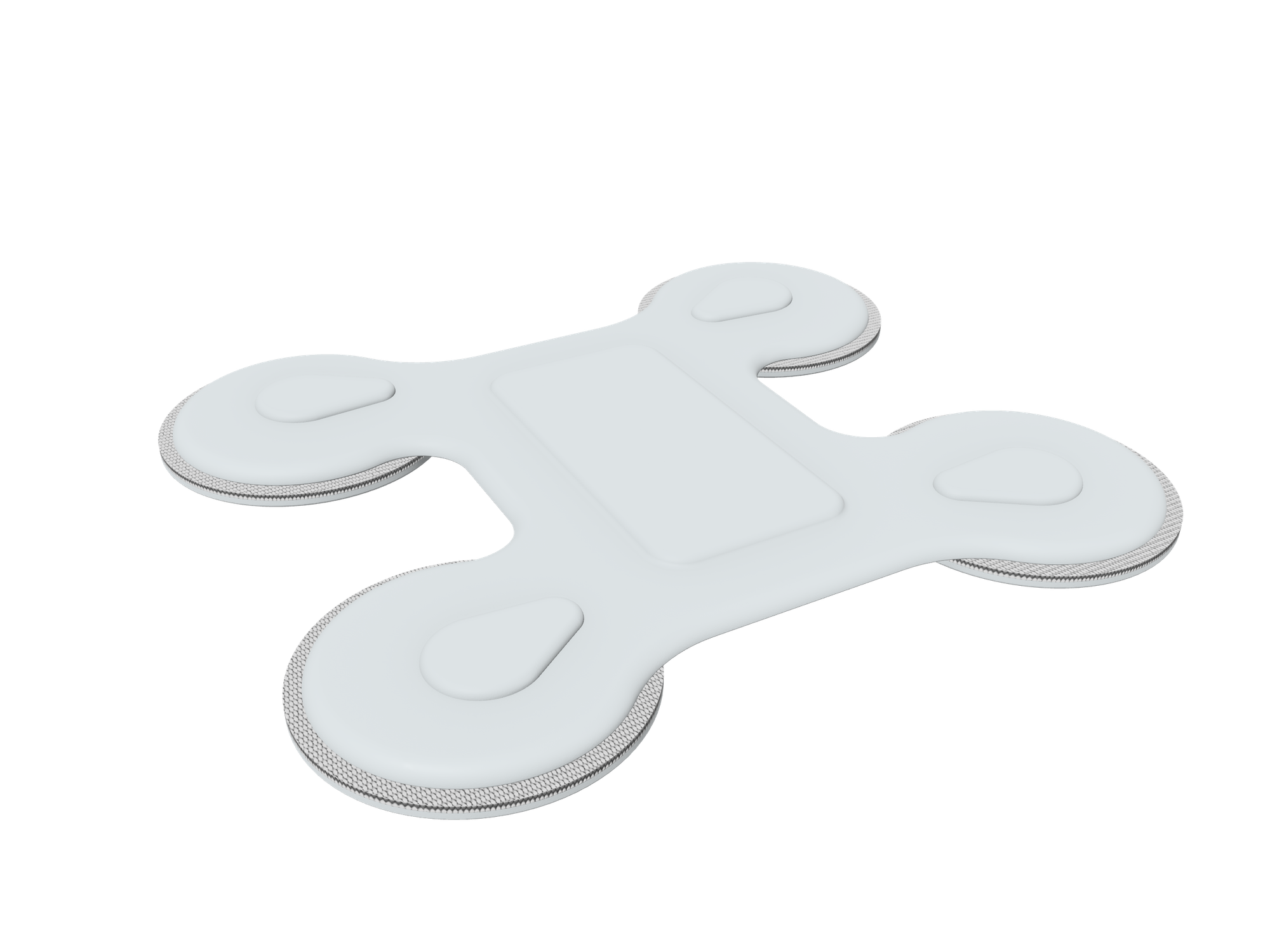
Layer by Layer Print Coatings to Applied Films
Combining Inter-Layer Junctions by coating knockouts, laser micro-vias, die punched through holes, compression bonding and Jumper Bridge technology allows design freedoms that translate into continuous control and cost savings.

Screen printing is a discipline full of challenges, but a well-designed approach can eliminate many of these obstacles. By focusing on thoughtful design, we can make the process more repeatable, predictable, and consistent—not just for press operators, but for all subsequent operations that require tight tolerances.
A key best practice is to let your tightest critical tolerance determine your maximum printed sheet size and design your repeating matrix around that factor. This approach is crucial for ensuring maximum profitability and maintaining precision throughout the process.
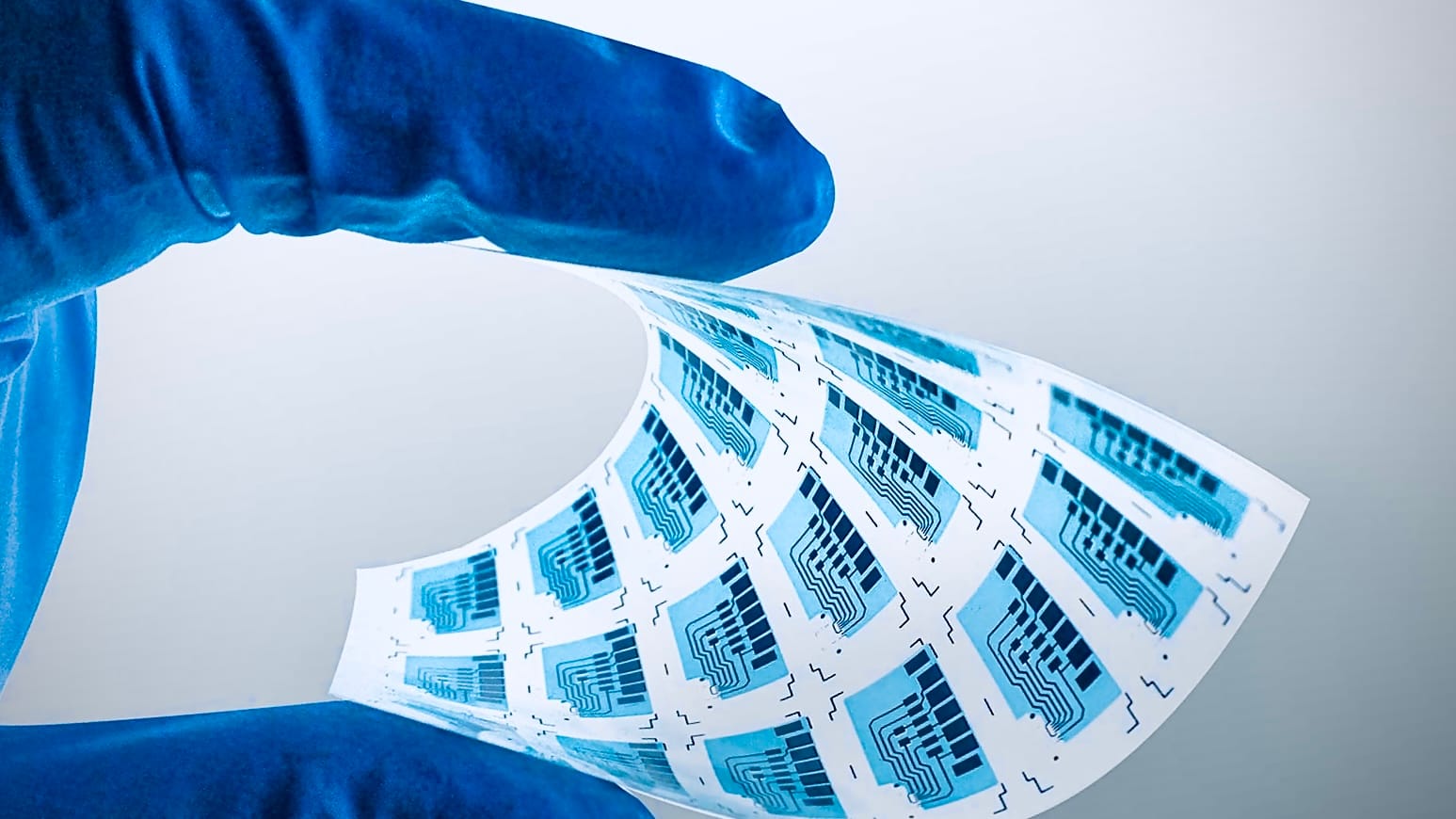
Class II Printed Electronics Medical Therapeutic Device

Designing for IEC 60601
Considering Electrical Safety & Leakage Current
The Shocking Truth About Electric Current
It doesn’t take much electricity to cause serious harm — or even death. While we often think voltage is the danger, it’s actually the current (the flow of electricity) that’s most deadly.
When electricity passes through the human body, the damage depends on two things:
How much current is flowing, and
How long it flows.
Even small amounts can be fatal. For example, the heart can stop if:
40 milliamps (mA) flow for 0.25 seconds
100 mA flow for 0.1 seconds
200 mA flow for just 0.05 seconds
Here’s what different current levels can do to your body:
1 mA – Just a faint tingle.
15–20 mA – Muscles lock up; you can’t let go of the source.
50–100 mA – Can cause heart fibrillation and stop breathing.
100–200 mA – Severe burns and muscle contractions that can crush the heart.
Bottom line: Even small currents are dangerous. Always respect electricity — it’s powerful enough to stop a heart in milliseconds.
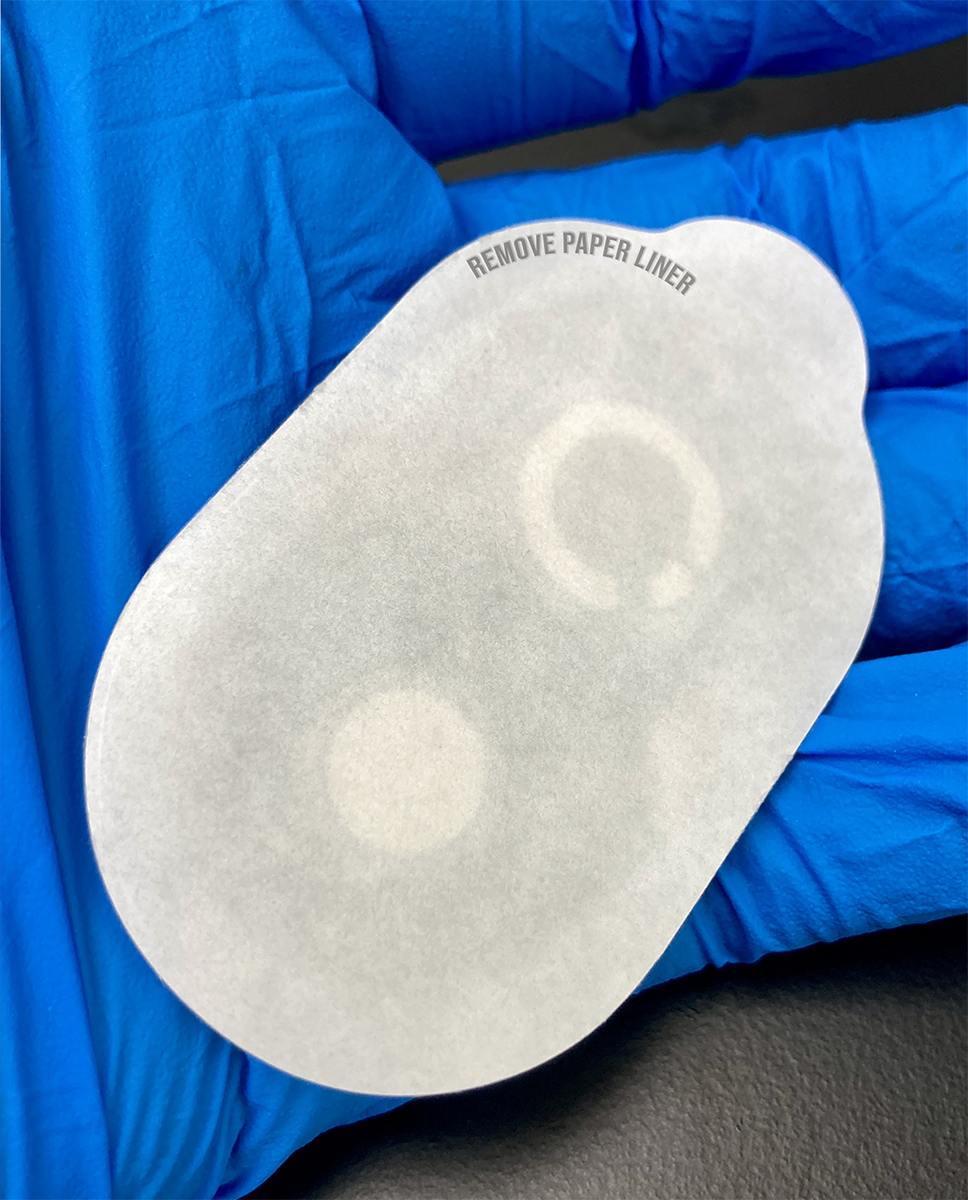
Design Small - Never Forget
Wearables are designed to be disposable!
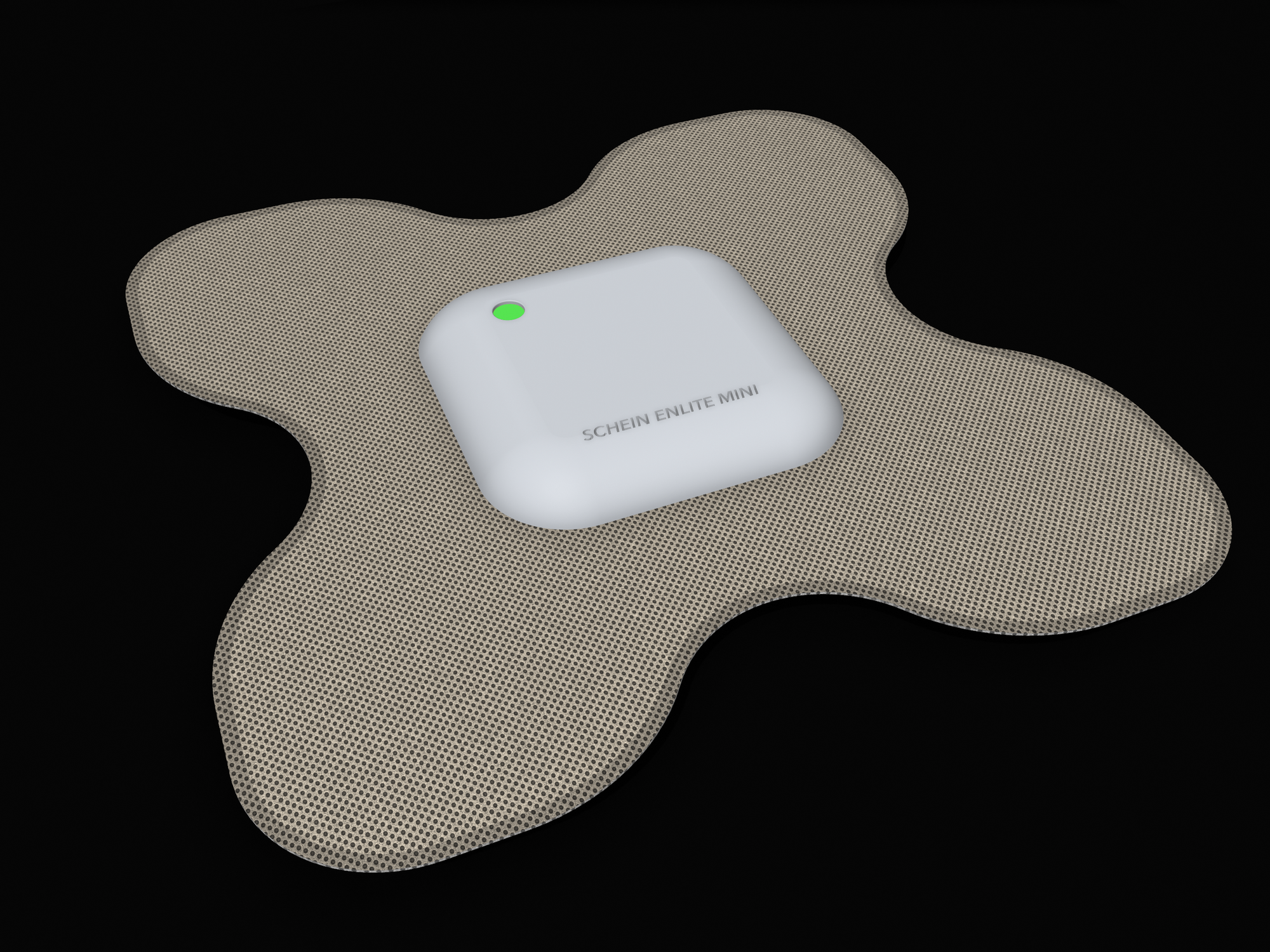
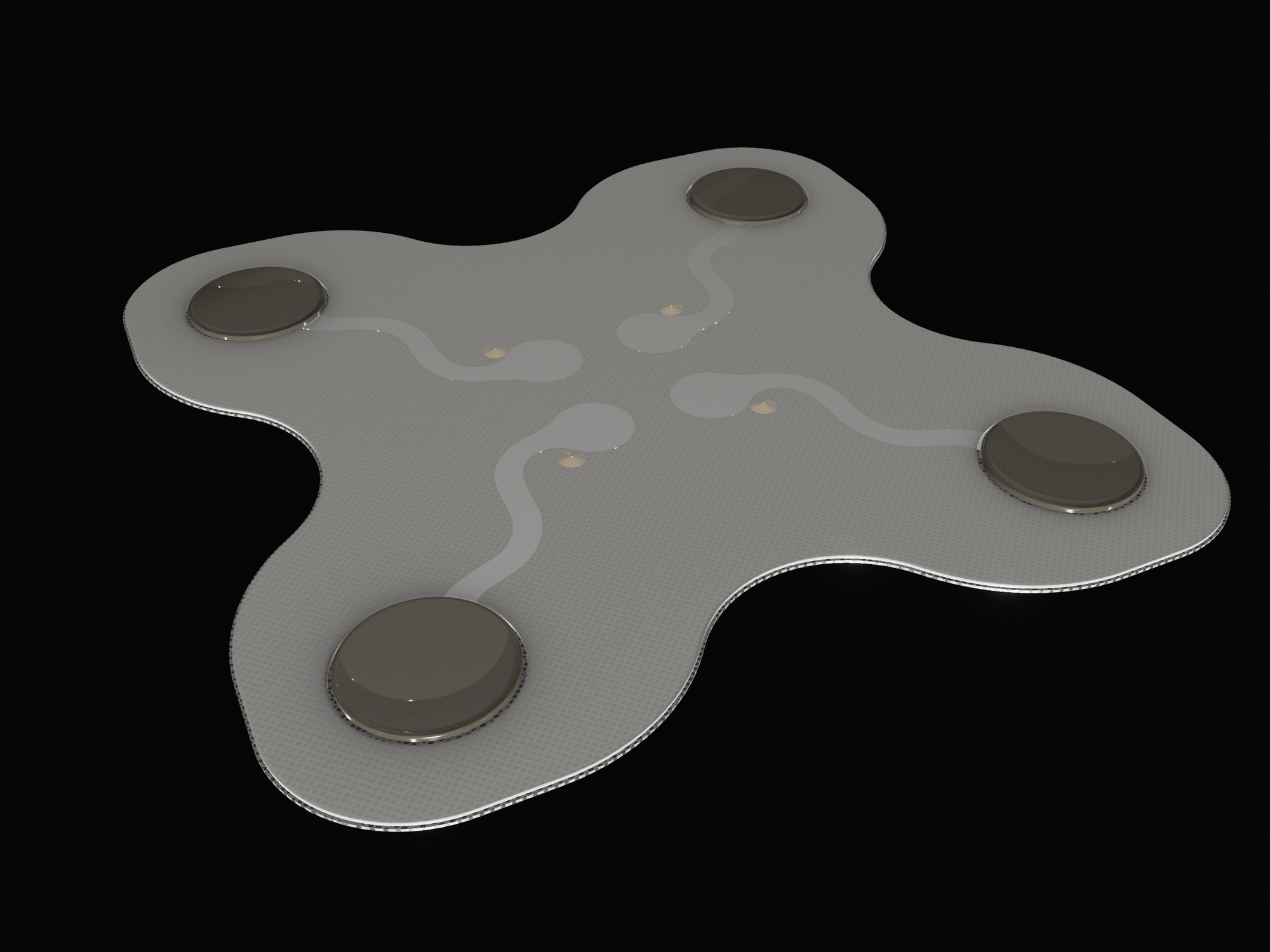
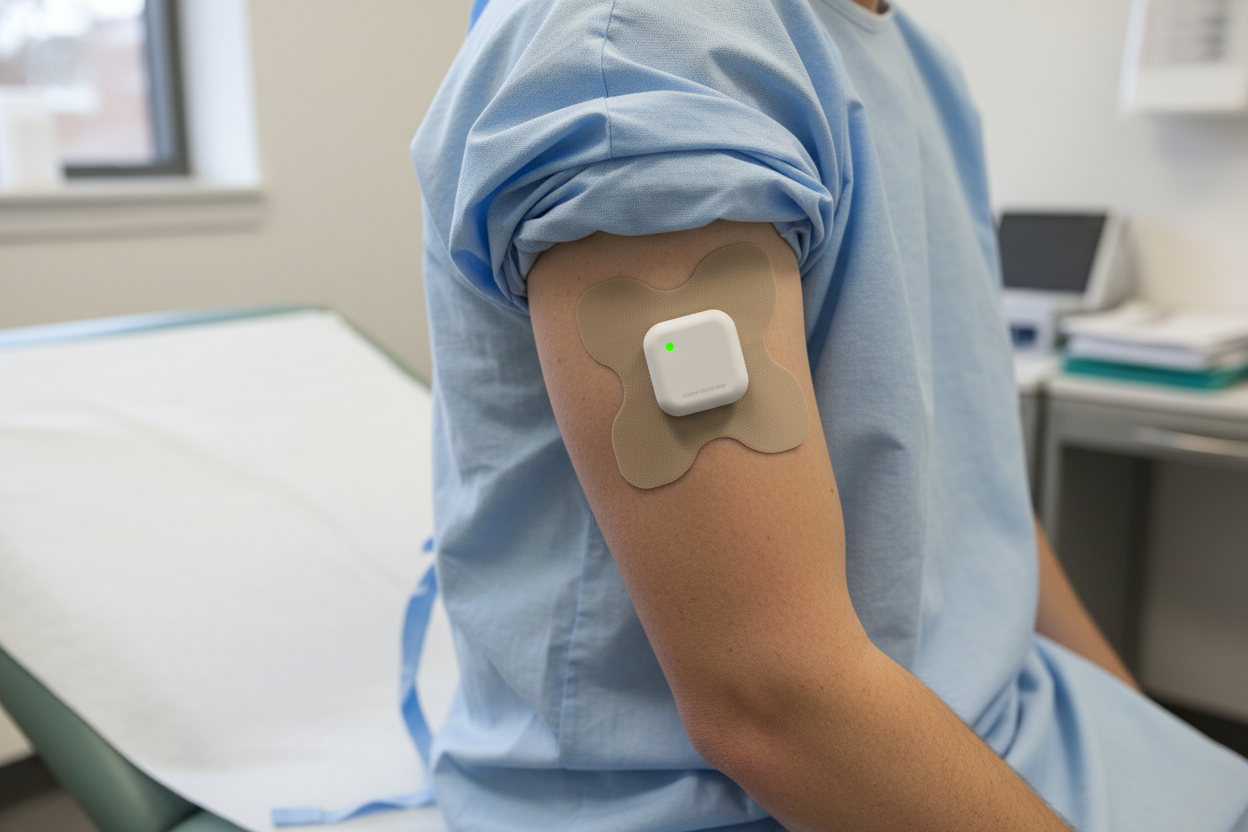
Taking Advantage of the Space Opportunities
Splitting up the conventional single circuit board in favor of low aspect ratio flexible design

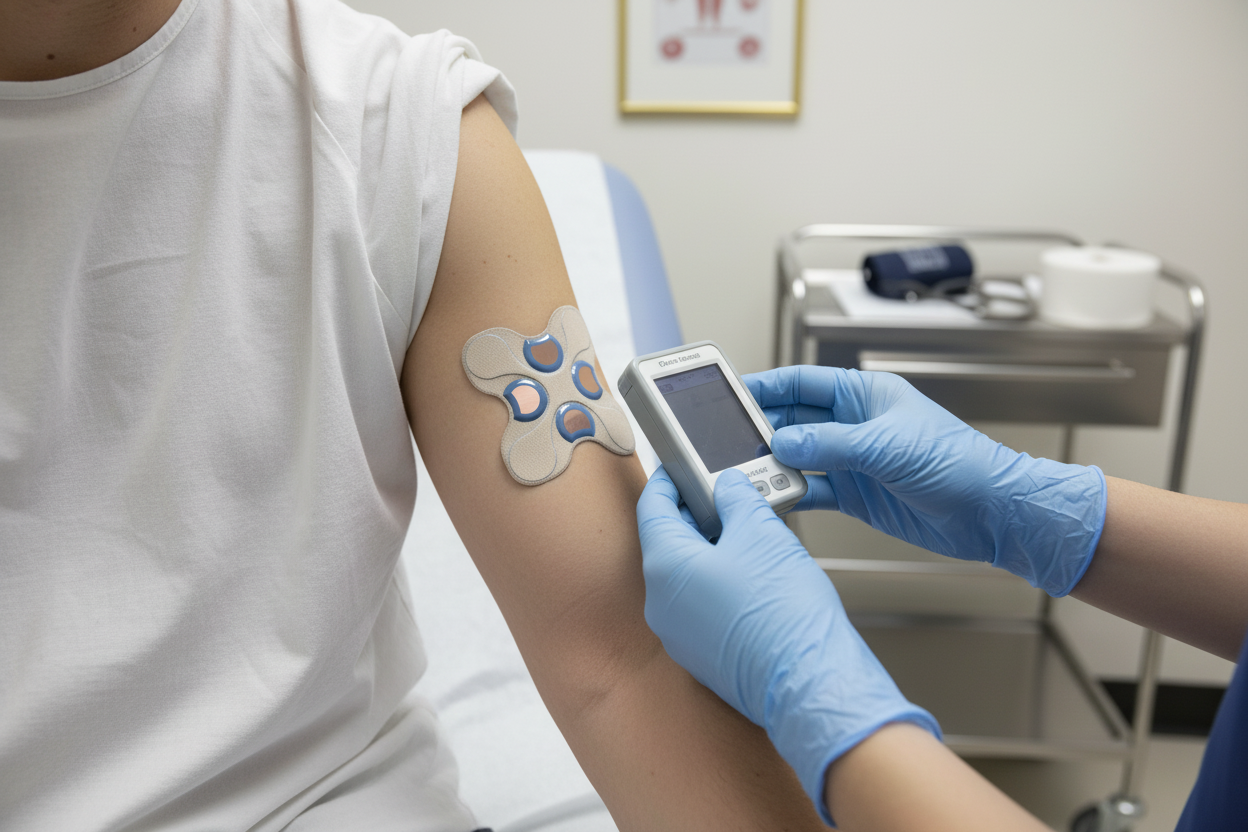
Want to explore outside of the box?
